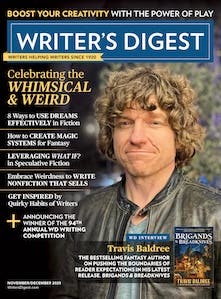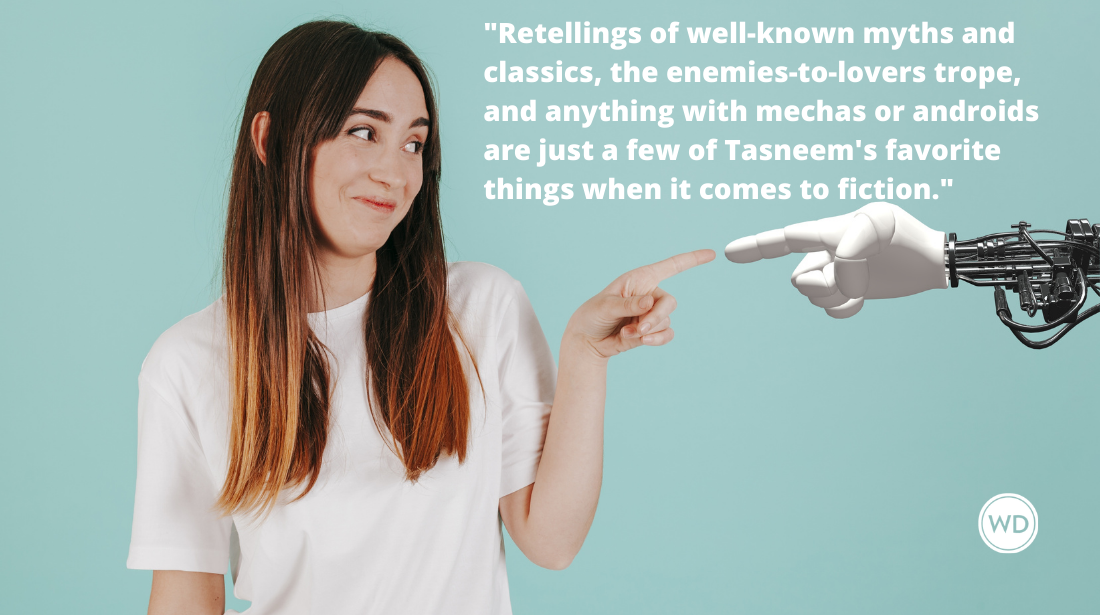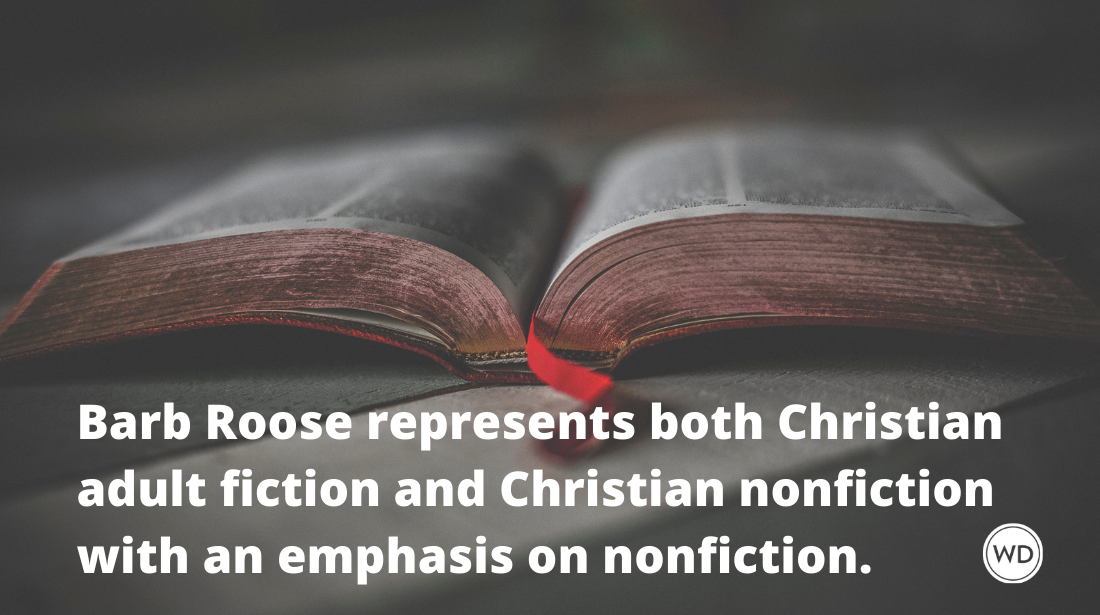5 Tips for How to Write a Young Adult Crossover Novel
Dan Josefson, author of the crossover novel, THAT’S NOT A FEELING, explains 5 ways for your novel be accessible and of interest to teens and the YA market.
It feels strange to give anyone advice about writing a book, especially about how to write one that will appeal to both adults and young adults. With That’s Not a Feeling, I didn’t really know what I was doing, but I certainly didn’t think I was doing that. However, since the book was published I’ve been pleasantly surprised at the interest from YA librarians and reviewers. Looking back, I think I can identify a few points that might have appealed to these readers, and which may be helpful to those of you looking to write a book with the potential to engage both adult readers and young adults. Here are five.
Order a copy of Dan Josefson's That's Not a Feeling today.
1. While you should certainly feel free to include characters of whatever age you choose, make sure there’s at least one teenager. While young adults often read books without teenaged characters (I was partial to Somerset Maugham stories and Solzhenitsyn, to cite a needlessly bizarre example) those generally aren’t considered part of the YA genre.
2. Make things more complex, not less. You may feel an impulse to simplify things in an attempt to make your story more accessible, but I would resist that.
- Teenagers interested in books written for adults are generally extremely capable and insightful readers. Frighteningly so.
- Information is entropy: the more complex the book, the greater the variety of possible interpretations. Your work means most just before the point at which it descends into chaos. (Another way of thinking of this is that a book with one clear, identifiable meaning is only one step away from having none.)
3. It’s important, as in any other kind of book or story, that your writing feel honest and true – and this is really a matter of respecting your readers. I think this is especially the case when writing for younger readers. Since young people are so often condescended to, they have less patience for pedantry or dishonesty in what they read, and are less likely to suffer fools.
- This means the emotional content and the characters’ reactions must be plausible, even when they’re idiosyncratic or surprising.
- The details and dialogue should also feel right.
This doesn’t necessarily mean using slang, especially if you’re not familiar with it.
The same holds true for technology and the way it’s used. If you rely on research for this, you are likely to end up creating stereotypes, at best.
4.In novels that involve both children and adults, issues of authority, of power and powerlessness, are often central.
- How permeable is the boundary between kids and adults? Do the younger characters become more mature over the course of the story? A few readers have suggested that in my novel, for example, some students are more reliable and thoughtful than their teachers.
- What’s at stake?
What are the younger characters trying to do or learn?
Are their elders trying to stop them? Protect them?Why?
From what?
5. The resolution of these novels is often tricky. Crossover novels are also, in a way, coming-of-age novels, and coming of age is rarely what we expect it to be. In Victorian novels, youth typically ends with marriage; in modern novels it often ends in disappointment. How you choose to conclude your story will depend on the themes it involves as well as your own opinions about the world.
Dan Josefson is the author of the 2012 crossover novel,THAT'S NOT A FEELING, a Booklist Editors' Choice of 2012 Adult Books for Young Adults. (See reviews of the book by boththe New York Times and the School Library Journal.) Dan has an MFA from the University of Nevada, Las Vegas and lives in Brooklyn. He has received a Fulbright research grant and a Schaeffer Award from the International Institute of Modern Letters. That’s Not a Feeling is his first novel.







